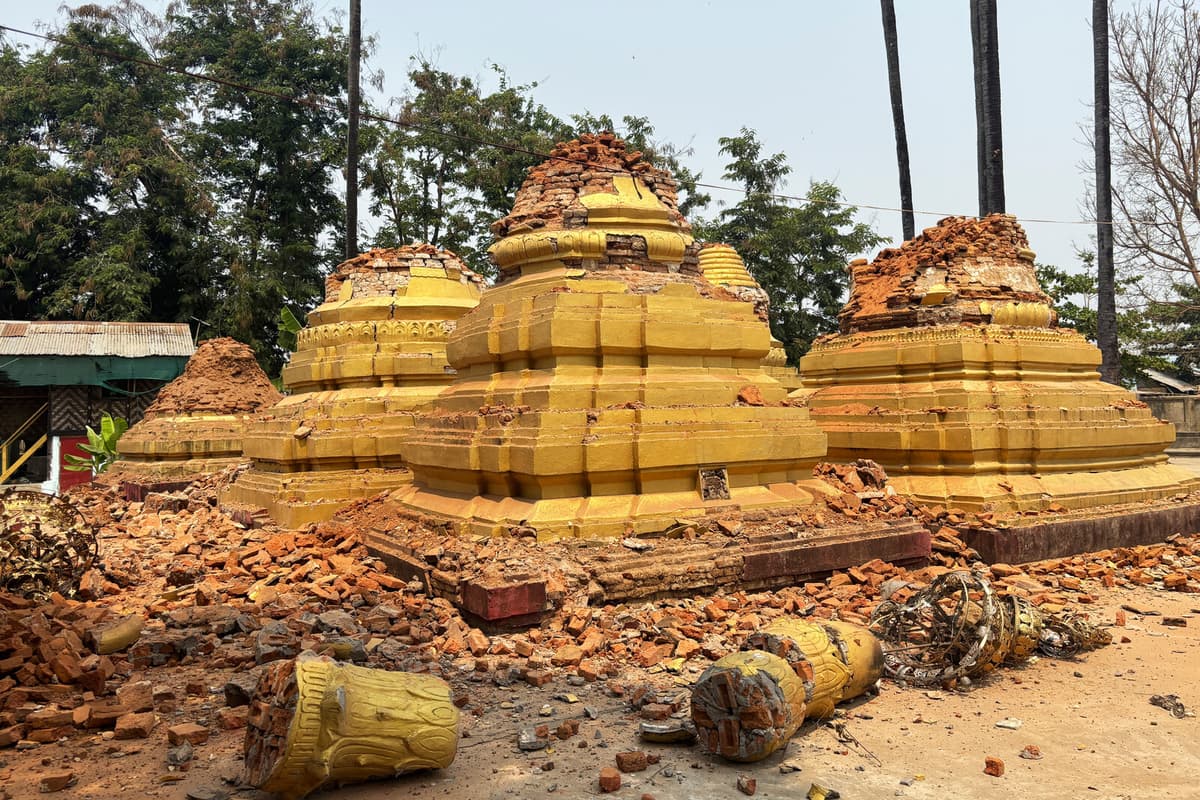Myanmar is already torn apart by the civil war and has been hit by deadly monsoon rains in recent years.
So this is happening on top of all other complex emergency situations. It makes it very difficult for these communities to be resilient, they are really struggling, says Rico Wallenta, who is in the former capital Rangoon (Yangon).
Rangoon is relatively spared – Rico Wallenta and his colleagues were forced to take shelter from the two tremors that occurred with short intervals on Friday, but have not heard of any major damage in the surrounding area.
Evacuated premises
Anna Åkerlund, who is the head of Swedish development cooperation in Myanmar, is also in the capital Rangoon. She was at the office when the tremor occurred at lunchtime on Friday.
In Rangoon, where we are, it felt really bad. We were at work and it was lunchtime when it happened and we evacuated the premises. We told everyone to go home to their families, says Anna Åkerlund.
She is worried about the damage the powerful tremor may have caused in the country.
I hope and believe that Rangoon is relatively spared, but I am worried about large areas of the country that have been hit extremely hard.
Damage reports delayed
The tremor had its epicenter near the million-city Mandalay.
What I've heard is that there are major humanitarian damages in northern Myanmar, including in the city of Mandalay, says Norway's chargé d'affaires in Myanmar, Elisabeth Schwabe-Hansen, to the news agency NTB.
The lack of communication means that full-scale damage reports will likely be delayed.
The Red Cross warns, however, that the first 72 hours, when people trapped under rubble need to be rescued, are the most critical. It can, however, become difficult, says Wallenta. The infrastructure is destroyed and different parts of the country are controlled by different actors.
Not all areas in Myanmar are accessible to international aid organizations.





